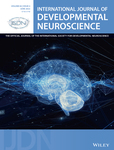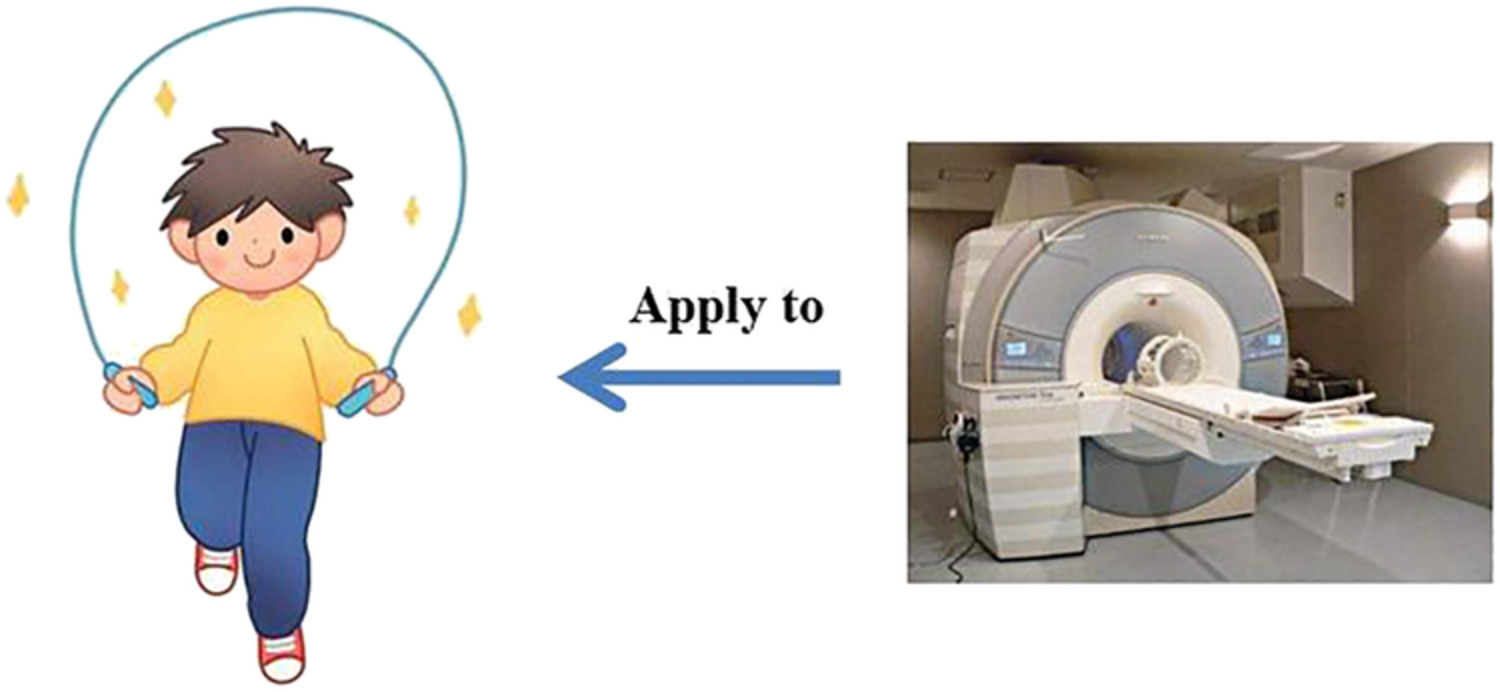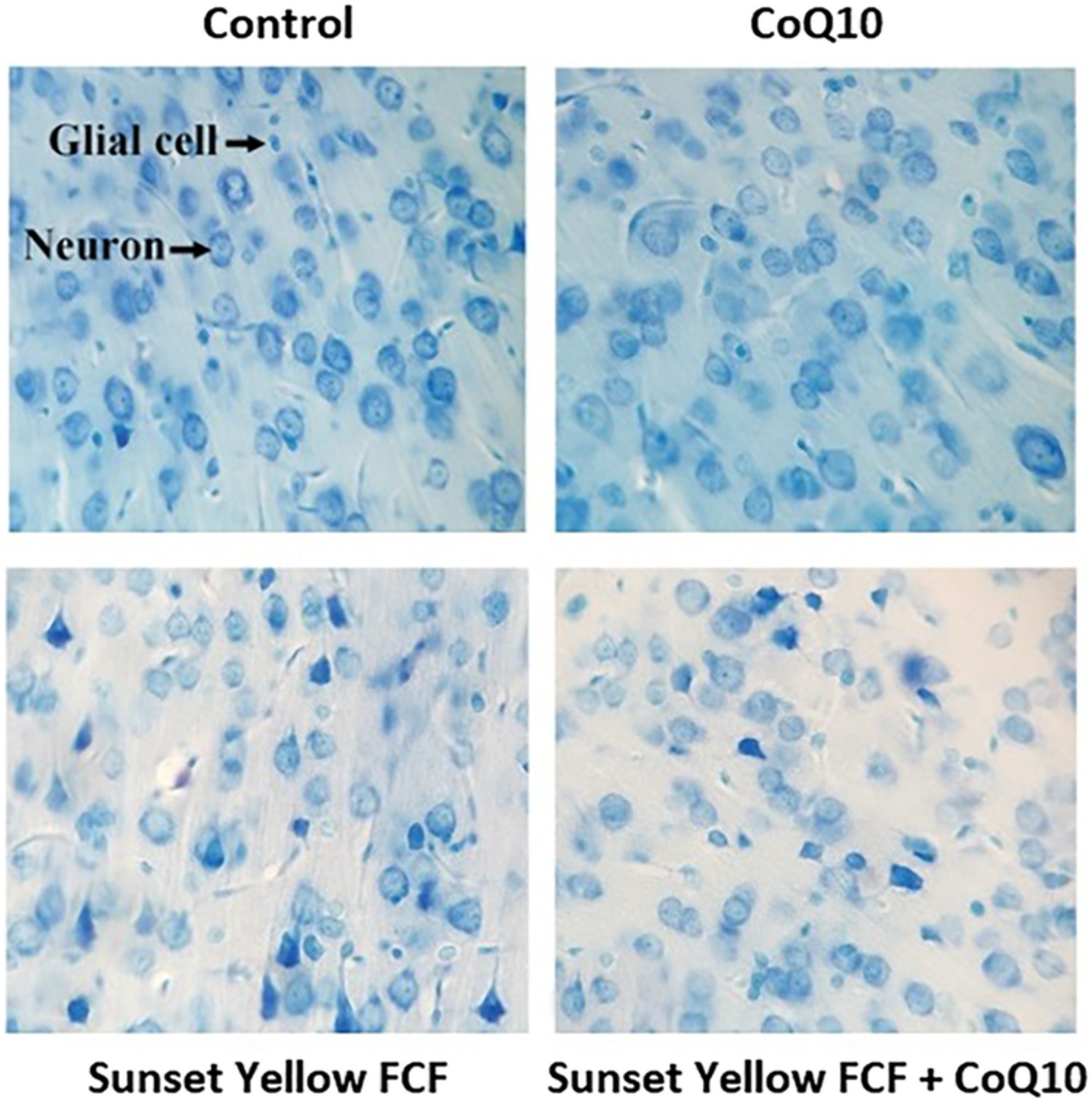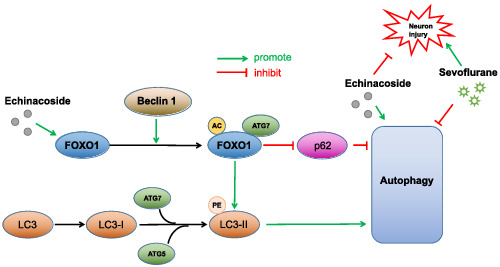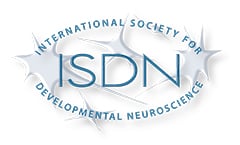Journal list menu
Export Citations
Download PDFs
ISSUE INFORMATION
REVIEW ARTICLE
Novel findings, mini-review and dysmorphological characterization of 16p13.11 microduplication syndrome
- Pages: 289-294
- First Published: 26 April 2022
16p13.11 microduplications are rare, with no established clinical consensus in regard with its clinical picture, including its dysmorphology. A 5-year-and-2-month-old 16p13.11 microduplication patient with epilepsy, autism and late speech onset, who additionally had unilateral preauricular skin tag and upslanting palpebral fissures findings is discussed. The recurrent dysmorphological findings in the literature, along with new ones are detailed, to possibly enable a characterization.
RESEARCH ARTICLES
How aerobic exercise improves executive function in ADHD children: A resting-state fMRI study
- Pages: 295-302
- First Published: 10 March 2022
Post-weaning exposure to Sunset Yellow FCF induces behavioral impairment and structural changes in the adult rat medial prefrontal cortex: Protective effects of Coenzyme Q10
- Pages: 303-313
- First Published: 16 March 2022
The relationship between acoustic and musical pitch processing in adolescents
- Pages: 314-330
- First Published: 26 March 2022

Amusia is associated with deficits in both acoustic and musical pitch discrimination. Early identification of amusia could lead to improved treatment possibilities. Here, we demonstrate that there is a double dissociation between abnormal acoustic pitch discrimination and abnormal musical pitch discrimination in adolescents. These results suggest that acoustic pitch discrimination should not be used in isolation to identify cases of amusia in children.
Protective effect of Celastrus paniculatus on cognitive function in glutamate-induced brain-injured mice by reducing the intracellular influx of Ca+
- Pages: 331-338
- First Published: 26 March 2022
Echinacoside alleviates sevoflurane-induced cognitive dysfunction by activating FOXO1-mediated autophagy
- Pages: 339-348
- First Published: 01 April 2022
Clinical features and prognostic analysis of posterior reversible encephalopathy syndrome in children
- Pages: 349-360
- First Published: 04 April 2022
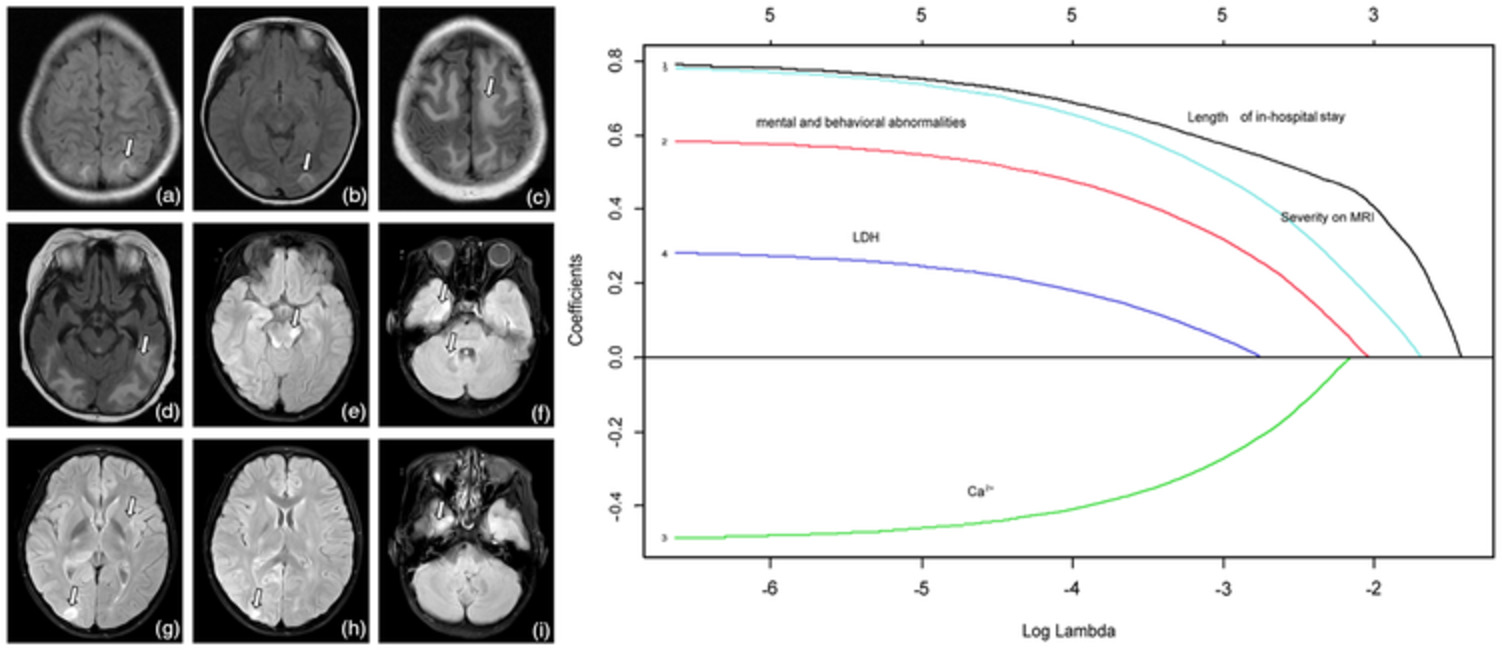
The study enrolled 47 patients with a mean age at diagnosis of 8.79±3.72 years. PRES is a clinical radiographic syndrome with multiple etiologies, which included renal disorder, hematological disease, and hypertension. PRES manifested as seizure, headache, visual impairment, dizziness, vomiting, and behavioral abnormalities. MRI mainly involved the parietal and occipital lobes. Most patients have a good prognosis. Severity on MRI and length of in-hospital stay are independent risk factors.
Anatomical changes in descending serotonergic projections from the rostral ventromedial medulla to the spinal dorsal horn following repetitive neonatal painful procedures
- Pages: 361-371
- First Published: 07 April 2022




